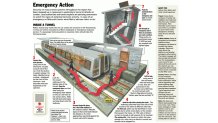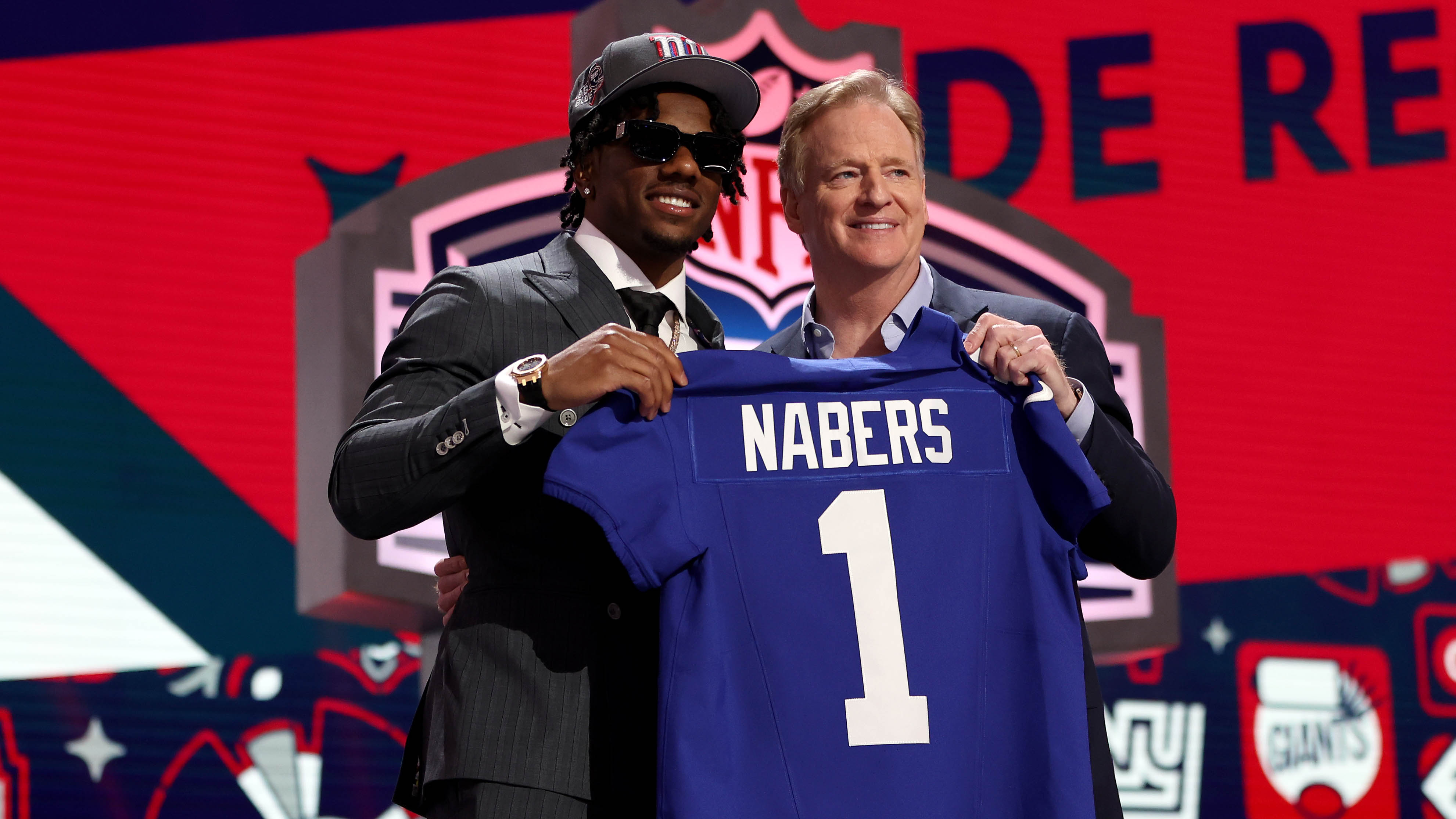The subway rider whose horrifying account of being stuck on a sweltering, powerless train earlier this month went viral is demanding the MTA outline an evacuation procedure for riders who may find themselves similarly trapped in the future.
Michael Sciaraffo says the experience of being stuck on the packed F train for nearly an hour without any power, ventilation and communication made it clear how much riders are literally kept in the dark when it comes to train emergencies.
"Sadly, how to escape from a subway tunnel is information that few citizens in NYC know or understand," he says. "No one outside of MTA personnel and possibly some first responders know the basics of safety within the tunnels of the subway system."
Sciaraffo, who's on a one-man campaign to get the governor, state lawmakers, city council members, federal officials, MTA officials and congressional representatives to overhaul the aging subway, held a news conference Monday afternoon on the matter.
"As it stands right now, if you ask a subway rider what they should do in an emergency on a train, you will get a blank stare," he told News 4. "For a city that has drilled into our heads to 'see something, say something,' we should also be exposed to an ad campaign with pamphlets, ads and diagrams on train cars, platforms and stations."
"It would be better to do this now, instead of waiting for someone to die first during an unexpected emergency," he says.
Sciaraffo points to the Washington, D.C. metro system as an example of a big-city mass transit agency that explicitly shows riders how to escape a train in case of an emergency like a terrorist attack, power failure, fire or flood emergency.

But the MTA warns that leaving such critical emergency protocol in the hands of riders presents huge dangers.
Local
"In emergencies, customers should always heed the advice of their train's crew," MTA spokeswoman Beth DeFalco said Monday. "Customers should never leave a train on their own -- it's dangerous and potentially deadly and it requires us to shut down entire lines and delay thousands of other customers because of the safety hazard it presents."
The risk posed by leaving subway doors unlocked was illustrated recently when straphangers faced a morning of crippling systemwide delays: two fed-up commuters hopped off a stalled train and onto the tracks to walk to the next station. An MTA spokesman said at the time, "With a live third rail and the possibility of the train moving at any time, this individual could have been seriously injured or worse."
But for Sciaraffo, staying on board the stifling F train on June 5 didn't feel safe, either.
"There was no air conditioning," he said. "For 45 minutes, we sweated and panicked and figured how would we get off this train."
"We were in deathly danger. Another 20 minutes, somebody would have been hauled off dead," he claimed.
It's not just a subway evacuation plan that Sciaraffo wants the MTA to work on; he says the 1970s R46-model F train that broke down that night had doors that wouldn't unlock even during the emergency. And there was no way for riders to open an emergency exit themselves.
Sciaraffo says he's aware that the old F train cars are longer, making it much easier for a person standing between train cars to fall off when the train is turning on a curve: "That's why those doors are locked. It's not MTA protocol to unlock the doors because they don't want hundreds of people emptying into the extremely dangerous subway tunnel."
"However, there was no way to get a door open to breathe, given what we had to work with," he continues.
There was also no rider-accessible exit on the roof of the train or a removable window, and there was no way to communicate with the conductor, he says.
"To deprive passengers of the ability to rescue themselves in an emergency situation is inhumane and frankly, if not already illegal, then it should be," he said. "There are supposed to be emergency exits."
The stress of a crumbling subway system with more passengers than ever — 5.6 million weekly in 2016 — has caused the number of train delays to triple during the past five years, to 70,000 per month.
MTA Acting Executive Director Ronnie Hakim said last week she's ordered a top-to-bottom review of the latest round of subway delays. Gov. Andrew Cuomo has also appointed Joe Lhota as chair of the MTA, and the MTA has promised to improve the way it communicates with customers.
The MTA was already in the midst of rolling out a $20 million plan to deploy a rapid response team to fix signals and switches when they break.



